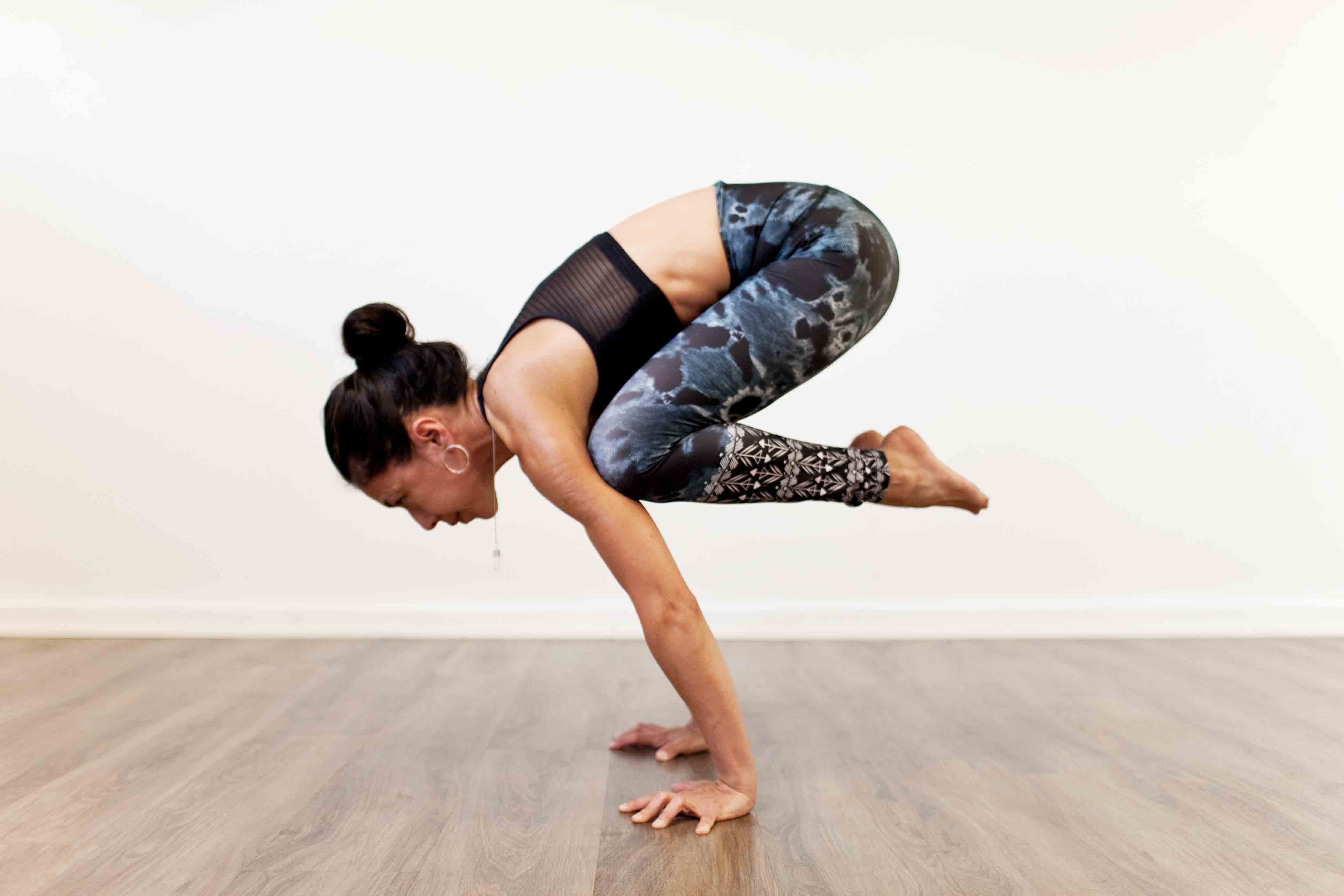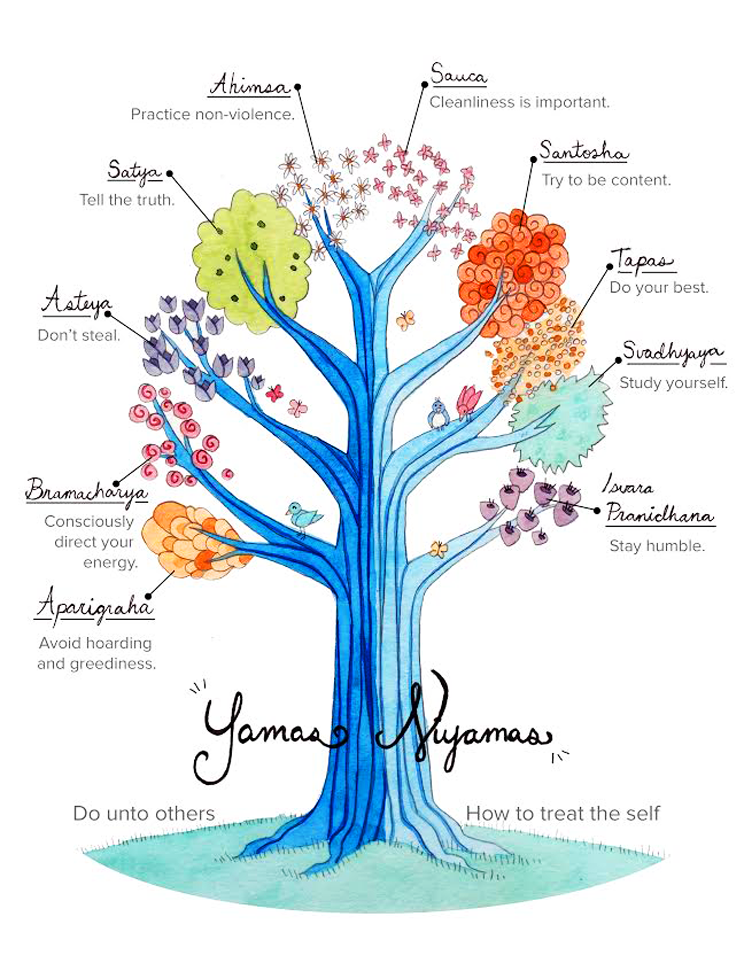
Yoga, which involves breathing and movement, can help lower blood sugar. It can relax the body, improve blood circulation and help with diabetes symptoms. Yoga is especially beneficial for diabetics as it can improve blood pressure control and pancreatic function. Patients with high blood sugar levels have found yoga to be beneficial. It is recommended for diabetics.
It can be done at home and is considered safe. However, you should consult your doctor before beginning any yoga program. People with diabetes should avoid doing high-impact, or fast-paced yoga. Certain poses can raise blood pressure. Avoid head stands or forward folds. If you have diabetes, it is a good idea to consult your doctor before you begin these exercises.
Yoga also helps diabetics manage their stress. Certain asanas may increase the ability of the pancreas to produce insulin. Yoga improves pancreatic function and helps patients resist obesity. It is important to consult a physician before you start any yoga exercises. You can also discuss the benefits of yoga with a doctor and ask for guidance in order to choose an appropriate program.

There are many other benefits to yoga for diabetics. One of the most important poses is the Ardha Matsyendrasana. It massages the internal organs. Because it encourages insulin release, it can lower your risk of developing heart disease. This can help lower your risk of developing diabetes. It also improves overall health. You must monitor your blood sugar regularly and use prescribed medication.
Yoga is good for diabetics because it has many other benefits. It improves blood circulation as well as the functioning of the endocrine system. This helps people with diabetes manage stress. Type 1 diabetes can be managed by managing stress. As a result, the body is not able to produce insulin when it's stressed. Stress can make insulin production more difficult.
Yoga has many positive effects on the body. It also reduces the chance of developing diabetes. Through internal muscle stretching, it improves the efficiency of the pancreas, resulting in an increased secretion of insulin, which is necessary for balancing blood sugar levels. It can help with stress management in diabetics as well as prediabetes. While yoga may not be suitable for everyone it has been shown beneficial for diabetics.
While the practice of yoga can improve blood glucose levels, there are some limitations. The clinical trials conducted in yoga often lack proper control groups, small number of participants, and short durations. The studies may not be representative of all benefits of yoga. These studies may not be representative of all benefits. The most important thing is the fact exercise helps patients manage stress, which in turn lowers the chance of developing diabetes.

There are many health benefits to yoga. Even though it is not aerobic exercise, yoga can increase blood sugar and decrease waist size. This is important for diabetics. It can reduce constipation and improve cardiovascular health. It can promote a better mood and lower blood pressure. It is a great form of medicine and can be used to help diabetics do yoga. It will provide them with the energy they require to live a healthy lifestyle.
Another benefit to yoga is its ability help with diabetes. It can be used to prevent diabetes-related neuropathy (which is nerve damage). It can also help to control blood sugar levels, which can be beneficial for people with diabetes. Studies have shown that it can improve the quality of life for those suffering from diabetes. It should be noted that any exercise should be done under the supervision of a trained professional.
FAQ
Which workout is best for men?
The answer to your question depends on the type of information you seek. Cardio workouts are great if you're looking to lose weight. They burn calories much faster than strength-training exercises.
If you want to just build muscle mass, strength training is better as it increases lean body weight.
Both types of exercise are proven to be beneficial if you're looking to improve your overall health.
If you're looking to get fit fast, I recommend doing HIIT or sprint interval training. This type helps you burn fat quickly, by increasing your metabolism. It will also help you stay motivated to train even when your body is tired.
How do you lose weight?
It is not easy to lose weight. Many people give in to temptation because they don't know how to proceed.
However, there are some simple steps that you can take to shed those extra pounds.
First, make sure you eat less calories than you burn. You will gain weight if you eat more calories than you burn.
Second, you must start exercising regularly to burn off all those calories. You can choose from a variety of exercises such as walking, biking or dancing.
Third, you need to stop drinking alcohol and smoking cigarettes. These habits can cause you to consume more calories that you would otherwise.
Fourth, you need to cut back on fatty foods and junk food. You can replace them by healthier choices such as fruits, vegetables or lean meats.
Fifth, you must change your lifestyle and adopt new habits. Perhaps you need to get up in the morning to exercise before heading to work.
Sixth, you must be disciplined and follow your diet plan.
You can also burn excess calories by joining a gym, or taking an aerobics course.
You'll quickly start to notice results if you follow these simple tips.
Do Men Need A Gym Membership?
For men, a gym membership is not required. If you sign up for a gym, however, your money will be much more valuable.
Many gyms offer free trial memberships that allow you to test the facilities before signing up for any monthly fees.
The gym is free to use whenever you wish, and there are no fees. You can cancel or modify your membership anytime you feel you don't like it.
Do I have to exercise every single day?
No! Do at least 30 minutes of moderate intensity physical activity five days a week. That could mean walking fast enough for you to get slightly out of breath and biking hard enough for you to sweat.
What is the best workout routine to build muscle?
There are two major exercises that you should do when you want to build muscle mass. These are called compound movements and isolation. While compound movements focus on a single muscle, isolation exercises are focused on specific muscles.
Choose exercises that test all your major muscle groups to improve your workouts. This ensures you're always pushing yourself during your workouts.
To keep track of what you have done, use an app called MyFitnessPal. It allows you log everything, including calories burned and weight lifted. You can also create custom meal plans based on your goals.
Statistics
- Cardmembers earn 5% Back at Amazon.com with a Prime Credit Card. (amazon.com)
- 10 pounds in a month is likely during a lean bulking phase, especially for beginners. (muscleandstrength.com)
- An estimated calorie range for moderately active adult males falls between 2,200 to 2,800 calories per day, depending on age. (eatright.org)
- According to the American Heart Association, blood pressure should be checked at least once every two years, beginning at age 20. (my.clevelandclinic.org)
- Are You One of the 20% of Guys (mh.co.za)
External Links
How To
How can I burn fat while exercising?
Exercise helps you lose calories by increasing your metabolism and oxygen intake.
At moderate intensity, you will lose weight easily.
These tips will help you burn fat and keep fit while exercising.
-
Cardio exercises include swimming, running or cycling.
-
Three times per week, exercise for 30 minutes.
-
You can add strength training into your exercise routine if you're looking to lose even more weight.
-
Avoid intense workouts. You can build muscle without breaking down muscle tissue.
-
When exercising, make sure to drink lots of water. Water is essential for flushing out toxins and keeping your body hydrated.
-
After exercising, consume low-fat protein smoothies. Protein shakes repair muscles and increase energy.
-
Eat smaller meals throughout the day, so you don't feel hungry between meals.
-
Don't skip breakfast! Skipping breakfast can lead to fatigue and sluggishness.
-
Take care to your mental well-being. Stressful situations may slow down your metabolism.
-
Keep a positive attitude. Research shows that overweight people gain more weight if they believe they are overweight than those who believe they look good.
-
Get enough sleep. Insufficient sleep can make it more difficult to lose weight.
-
Be active. Make sure you get up and move every hour.
-
Maintain a healthy diet. Healthy eating will keep you fuller and more satisfied for longer.
-
Find relaxation methods. A tense mind doesn't allow your body to release stress hormones that break down muscle tissue.
A balanced diet is one that includes all of the essential nutrients required for growth.
Eat six small meals each day instead of three large ones. This allows your body to properly digest what you have eaten.
To maintain strong bones, you need to consume 500 mg of calcium each day. Calcium can be found in dairy products such as yogurt, fortified soybean beverages, orange juice, cereals, bread, and cereals.
Calcium is found in green leafy vegetables, beans, tofu, seeds, nuts, and cheese.
Vitamin D is required for calcium absorption. Vitamin D is found in eggs yolk, fatty fish and fortified foods.
Vitamin E is essential for skin health. Vitamin E can also be found in vegetable oil, wheat germ oils, peanuts as well almonds, sunflower seeds and corn.
Your body needs zinc for normal immunity function and wound healing. Zinc is found in oysters, legumes, meats, whole grains, and seafood.
Zinc deficiency may cause fatigue, loss appetite, depression, and impaired immunity.
Consuming too much sugar can cause insulin resistance. This causes an increase in blood glucose levels. Insulin resistance leads to weight gain.
Insulin resistance is caused by high blood levels of free-radicals. Free radicals are molecules with unpaired electrons that damage cell membranes and other parts of the body.
Free radicals come mainly from food additives, pesticides, herbicides, preservatives, smoking, air pollution, radiation, chemicals in cosmetics, lotions, and household cleaning supplies.
Free radical damage can lead to cancer, heart disease, diabetes, arthritis, asthma, and aging.
Antioxidants are essential for preventing free radical damage. Antioxidants protect against oxidative damage.
Vitamin C (found on citrus fruits), Beta carotene, found in carrots and sweet potatoes, spinach and broccoli, cantaloupe (found in tomatoes, mangoes and peppers), and Vitamin E (found nuts, olive oil and avocados).
Selenium, manganese (and zinc) are other antioxidant nutrients.
Selenium protects cells from free radical damage. Selenium can also be found in Brazil nuts (tuna), liver, kidneys and shrimp.
Copper protects the eyes, brain, lungs, liver, and red blood cells. Copper is found in shellfish, poultry, meat, and organ meats.
Manganese is an essential component of bone structure. Manganese can also be found in oatmeal, brown rice, spinach and bananas.
Zinc is important for healthy growth, reproduction, and wound-healing. Zn is found in lean meats, poultry, white fish and eggs.